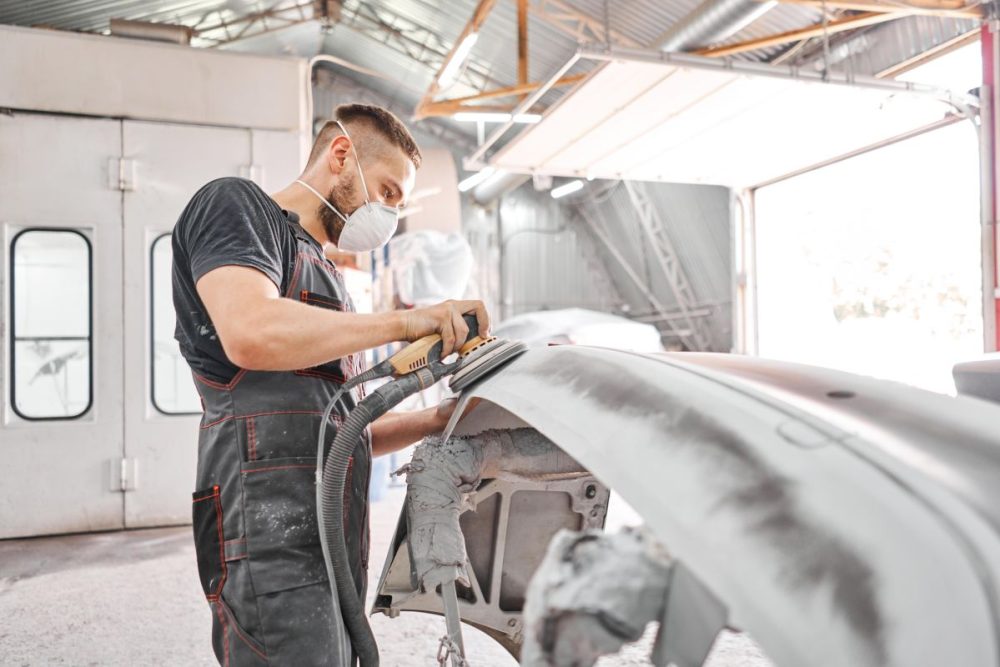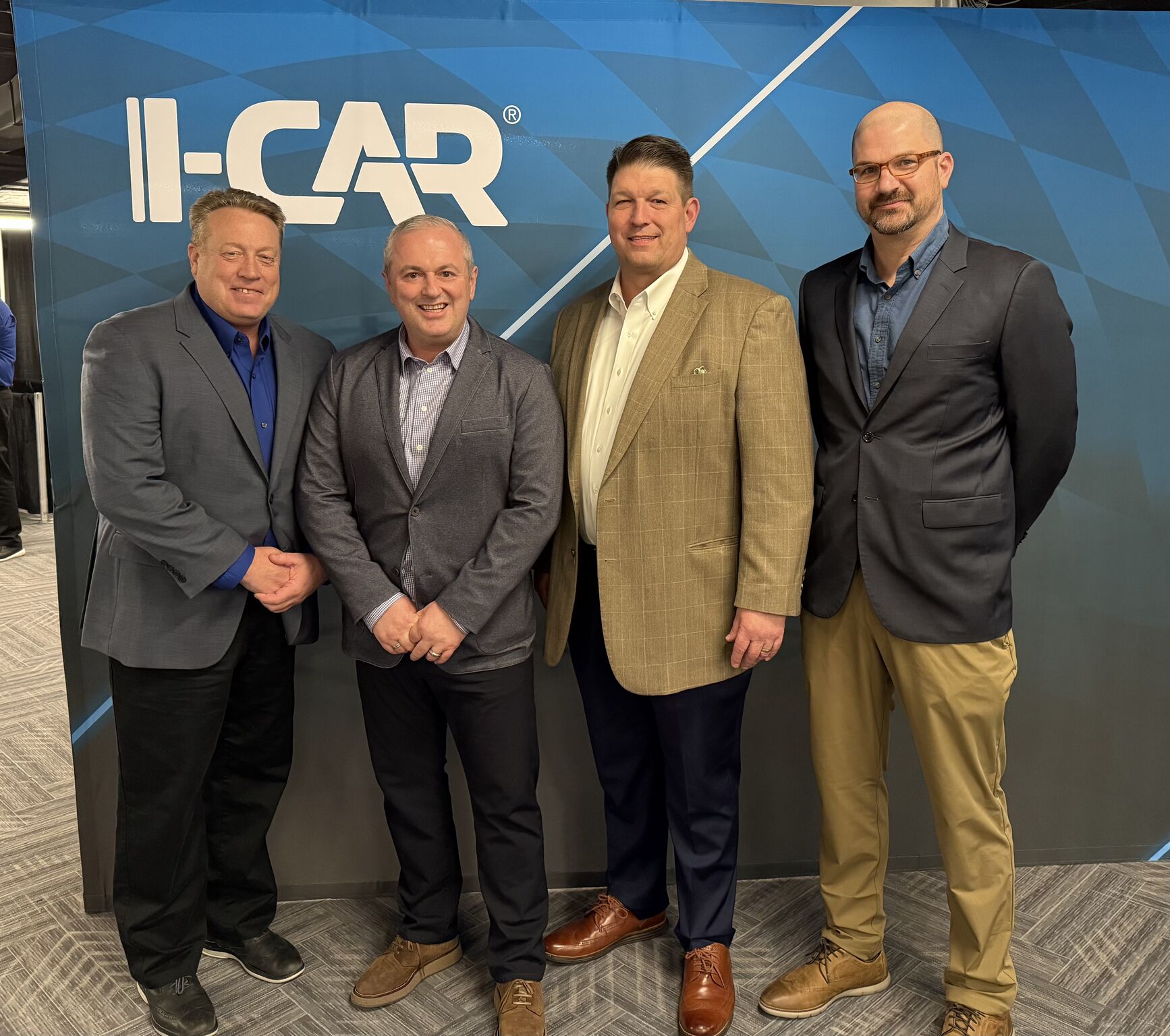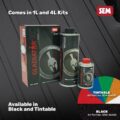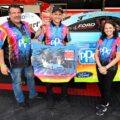Modern automotive paints are tougher and more durable than ever, thanks to environmental regulations and consumer demand for long-lasting finishes. However, these advancements have also made them more challenging to work with using traditional hand-held tools.
According to Globe Newswire, automakers are increasingly opting for low volatile organic compound (VOC) paints to meet strict regulatory standards like the Federal Clean Air Act. VOCs, known for their strong odors, can contribute to health risks, including certain cancers. While these eco-friendly coatings are a step forward for sustainability, they require collision repair professionals to rethink their approach to abrasive tools.
Adapting to Tougher Paints
“From my experience, paints today are far more resistant to scratching and damage,” says Nolan McGannon, a technician at Pet Auto Body in Calgary, Alberta, in an interview with Autobody News.
Though McGannon hasn’t noticed a difference in the quality of Scotch-Brite, the commercial scouring pad widely used in auto body shops, he acknowledges that evolving paint formulations demand a shift in technique.
“We still need to create adhesion for repairs and new coatings. The biggest change is that we go through more sandpaper, and Scotch-Brite doesn’t last as long over a full day of work,” he explains.
For repair professionals like McGannon, the additional prep work has little impact on drivers since sanding tools are relatively inexpensive. However, experts at 3M, the company that made Scotch-Brite a staple in automotive refinishing, suggest that newer abrasive technologies can improve both cost-effectiveness and efficiency.
3M’s Innovative Approach to Collision Repair
In an interview with Autobody News, Jason Scharton, Global Industry Relations Leader at 3M, and Dan Wittek, Global Application Engineering Director, discussed how modern clear coats have transformed collision repair. Instead of trying to make Scotch-Brite more aggressive, 3M developed an entirely new class of abrasives, including the Cubitron II.
“Scotch-Brite is a non-woven abrasive that doesn’t produce deep scratches—it’s great for removing surface material,” Scharton explains. “In collision repair, its main use was always to prep panels for refinishing or blending.”
However, as modern automotive finishes incorporate fine metallics and pearlescent pigments, traditional hand-held tools like Scotch-Brite can leave visible linear scratches, potentially damaging the final appearance.
“When prepping a blend area, we recommend a two-step approach,” Wittek says. “First, hand-scuff hard-to-reach areas like body lines and edges with a grey Scotch-Brite. Then, switch to a machine operation—like Cubitron II—to de-gloss the larger surface using an interface pad. This prevents flattening the factory orange peel texture while ensuring proper adhesion. Finally, lightly dust over the edges with a machine sander for a seamless finish.”
Pushing the Boundaries of Abrasive Technology
3M continues to collaborate with OEMs, paint manufacturers, and material scientists to develop abrasives tailored for modern automotive coatings. The creation of 800- and 1,000-grit sanding materials, for example, required high-heat kilns capable of ventilating excess energy without losing the integrity of fine ceramic particles.
“It’s literally sharp dust,” Wittek says. “The challenge is keeping these high-grit materials from just dispersing into ventilation systems. Solving these issues requires cutting-edge material science, and that’s where 3M excels.”
While these advanced abrasives come with higher upfront costs, Scharton and Wittek emphasize their long-term efficiency. With tools like Cubitron II, technicians can now prep two doors in the same time it once took to sand just one, ultimately boosting productivity and saving shops money.
As automotive paint technology continues to evolve, so must the tools and techniques used to repair and refinish vehicles. With innovations like Cubitron II, the collision repair industry is well-equipped to meet the challenges of modern coatings head-on.








Leave a Reply